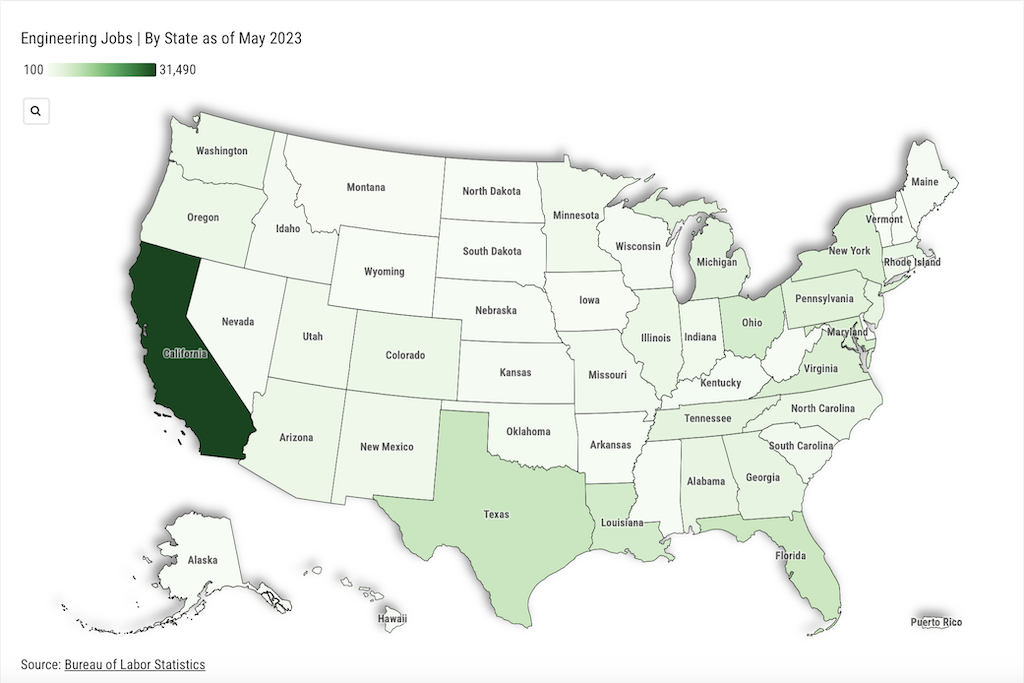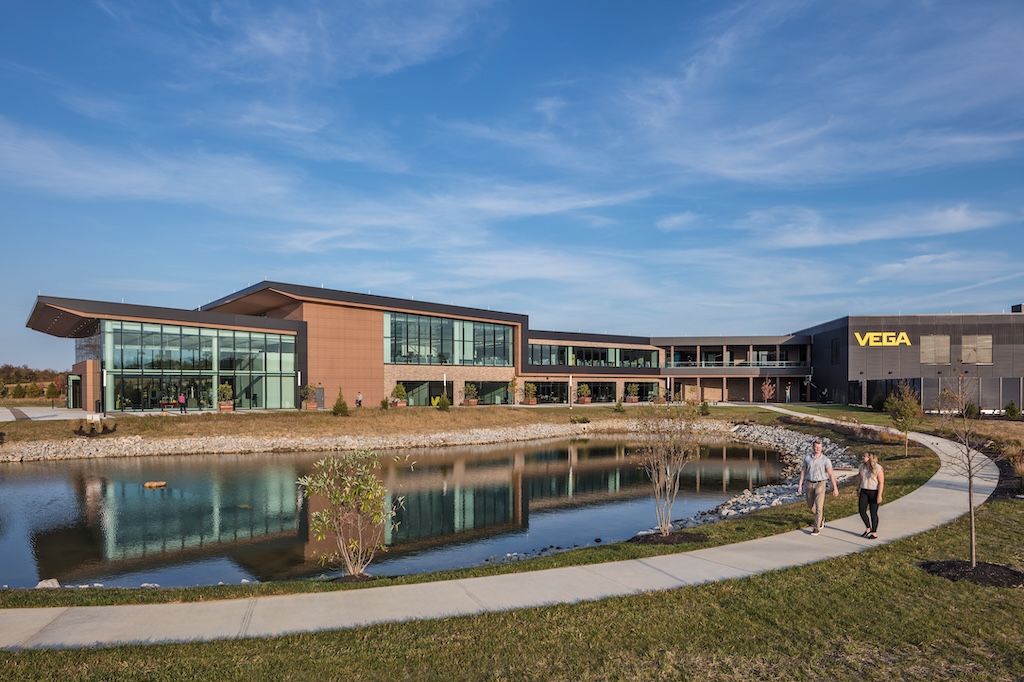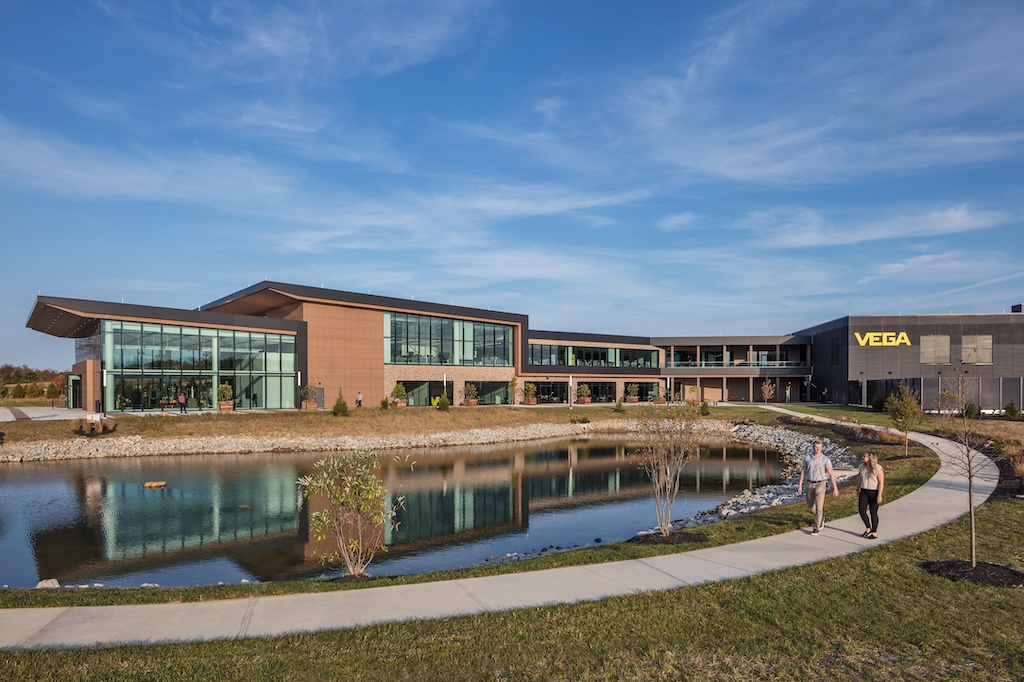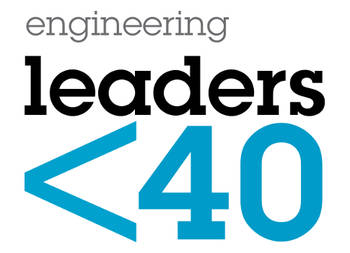HCFC-22 is the world's most widely used refrigerant. The product is used for unitary cooling, central chilled water systems, and refrigeration applications.
HCFC-22 is the world’s most widely used refrigerant. The product is used for unitary cooling, central chilled water systems, and refrigeration applications. Its particular combination of efficiency, capacity, and pressure characteristics has made it a popular choice for equipment designers.
Extensive use of this refrigerant has made it possible to reduce dependence on CFC refrigerants, which have an ozone depletion potential (ODP) as much as 95% higher than HCFC-22. Nevertheless, because it has some ODP, international law set forth in the Montreal Protocol and its Copenhagen and Vienna amendments has put the substance on a phaseout schedule.
In developed countries, production of HCFC-22 will end no later than 2030. In the intervening years, production is to be reduced in a series of specified steps. Detailed phaseout schedules vary from country to country. In the United States, HCFC-22 production will be frozen at baseline levels on January 1, 2010; and the production of new refrigerant will be banned unless it is used as a feedstock for other refrigerants or in equipment manufactured prior to January 1, 2010. Countries of the European community have adopted even stricter measures.
Thanks to conservation and recycling techniques developed for CFCs, supplies of HCFC-22 should still be plentiful after the phaseout dates. For instance, CFC-11 hasn’t been produced since January 1996, but because of recycling, it remains widely available. Recycled HCFC-22 should be even more plentiful because it is more widely used than CFC-11. It is important to remember that the phaseout affects only production, not use.
Refrigerants and DX chillers
Direct-expansion (DX) chillers, one of many products that have traditionally used HCFC-22, are found in many industrial plant applications (Fig. 1). Plant engineers, therefore, should have an interest in how the phaseout impacts DX chillers. After all, chillers purchased today have a service life well into the 21st century when the phaseout will have begun to take effect.
The impact will vary from country to country. In countries with a late phaseout date, DX chillers containing HCFC-22 will be sold for some time. In countries with an early phaseout date, existing DX chillers may continue to operate with recycled HCFC-22 and not need to switch refrigerant. New DX chillers sold in countries with an early phaseout date must use refrigerants other than HCFC-22.
Replacement refrigerants
Obviously, a substitute refrigerant should possess the environmental characteristics that HCFC-22 lacks, while retaining good thermodynamic characteristics. The ideal candidate, then, must have an ODP of zero and a low global warming potential (GWP). Thermodynamic similarity is important when retrofitting existing chillers to maintain capacity and efficiency. In new chiller designs, thermodynamic similarity is less of an issue because the equipment can be specifically designed for the replacement refrigerant’s specific characteristics.
The alternative refrigerant evaluation program (AREP) has identified several HCFC-22 substitutes. This international program was developed by major refrigerant suppliers and HVAC manufacturers to perform a broad-based assessment of HCFC-22 alternatives. Refrigerant data were shared among the participants to speed testing and replacement recommendations.
Currently, there are four leading replacement candidates: HFC-407C, HFC-404A, HFC-134a, and HFC-410A. Although all have merit, each has been chosen by one manufacturer or another to replace HCFC-22 in new DX chillers. As a result, some of the claims made by one or another may cause undue confusion among chiller specifiers and plant engineers. The evaluation that follows is intended to be an objective analysis of HCFC-22 alternatives upon which informed decisions can be made.
Properties of substitutes
All four replacements are HFCs. Their molecules have no chlorine, making their ODP zero. The GWP, however, varies. Ratings, as determined by DuPont, are:
HFC-134a: 1300 GWP
HFC-407C: 1600 GWP
HCFC-22: 1700 GWP
HFC-410A: 1890 GWP
HFC-404A: 3750 GWP.
Although the numbers vary, the variance is not significant. According to the Total Equivalent Warming Impact (TEWI) formula proposed by GWP researchers, a water chiller can affect global warming in two ways: refrigerant leaks and electric-energy consumption. Of the two, electric-energy consumption (or more specifically, the CO(sub2) created by the power plant supplying the electricity) is far more significant, accounting for 98%-99% of a chiller’s TEWI. The GWP of the refrigerants, therefore, has a minuscule impact on TEWI and can effectively be ignored.
Refrigerant manufacturers claim that all HCFC-22 substitutes will be available for the long term. Like HCFC-22, all are nonflammable and low in toxicity. However, their capacities, efficiencies, and pressures, which affect their application, do vary.
Retrofitting existing chillers
For a replacement refrigerant to be successful in a retrofit situation, it must have a capacity, efficiency, and pressure comparable to HCFC-22. These thermodynamic characteristics ensure satisfactory equipment performance. How do the replacement candidates measure up? Figure 2 compares the efficiency, capacity, and pressure of the replacements to HCFC-22.
HFC-407C is similar to HCFC-22 in all thermodynamic respects, which makes it a good retrofit candidate. Consequently, HFC-407C is being used for retrofits in some areas now. The lower capacity of HFC-134a makes it an undesirable retrofit candidate. Because the pressures of HFC-404A and HFC-410A are much higher than HCFC-22, they are not good retrofit candidates either.
Designing new chillers
Because chillers can be designed to work well with a given refrigerant’s properties, all of the refrigerants described are candidates for use in new DX-chiller designs. Obviously, the design will differ from that of chillers using HCFC-22. Those changes will depend, to a greater or lesser degree, on the properties of the refrigerant chosen.
The design of HFC-134a DX chillers is affected by the refrigerant’s lower capacity and pressure. Lower capacity means more refrigerant must be circulated, which necessitates larger or faster compressors. However, lower pressure means some chiller components will cost less because they don’t need to be as rugged.
DX chillers using HFC-410a must handle much higher refrigerant pressure. As a result, heat exchangers and compressors must be designed to withstand that pressure. On the other hand, higher pressure also means denser refrigerant gas. Less gas will have to be circulated to provide the same amount of refrigeration, therefore, smaller or slower compressors (compared to HCFC-22-charged units) can be used.
HFC-404A DX chillers are characterized by a lower refrigerant efficiency and higher refrigerant pressure. Bigger heat exchangers may be required to counter the lower efficiency. The higher pressure may necessitate the redesign of the heat exchangers and relief devices.
In HFC-407C DX chillers, the slightly higher pressure of the refrigerant is not great enough to require different chiller components than are used for HCFC-22 chillers. The capacity and efficiency of the refrigerant are similar to HCFC-22. However, the design is affected by a unique feature of HFC-407C known as temperature glide .
Understanding temperature glide
HFC-407C, HFC-404A, and HFC-410A are blends of other refrigerants. HFC-407C is a ternary blend of HFC-32, HFC-125 and HFC-134a, with a composition by weight proportioned at 23%, 25% and 52% respectively. HFC-404A is a ternary blend of HFC-125 (44%), HFC-143a (52%), and HFC-134a (4%). HFC-410A is a 50%/50% blend of HFC-32 and HFC-125.
Each HCFC-22 alternative is a zeotropic blend, meaning that the resulting blend does not react as a single substance. At a given pressure, they evaporate and condense over a range of temperatures, rather than at a single figure. This phenomenon is described as temperature glide. HFC-410A and 404A have temperature glides of 1 deg F or less, which is small enough that the effect can be overlooked. However, HFC-407C has a temperature glide of 7-8 deg F.
Dispelling misconceptions
The phenomenon of temperature glide, when fully understood, holds tremendous promise as a means of improving chiller efficiency. Unfortunately, some misconceptions tend to obscure its benefits.
Misconception #1:
Any HFC-407C leak will alter the blend percentages of the remaining refrigerant and degrade chiller performance.
The components of a zeotropic blend evaporate at different temperatures for a given pressure. Consequently, it is perceived that an HFC-407C refrigerant leak causes the more volatile components (HFC-32 and HFC-125) to escape first. This phenomenon is called fractionation .
However, it is wrong to think that a refrigerant leak invariably changes the proportion of the remaining constituents, thereby degrading chiller performance. In actual applications, few conditions occur that make fractionation a factor. During chiller operation, refrigerant gas or liquid leaks do not result in fractionation because the refrigerant blend is still thoroughly mixed. Only if a refrigerant gas leak occurs during chiller shutdown will the more volatile components escape first, and calculations and tests show the effect on performance is slight.
The impact of refrigerant gas leaks during shutdown was tested empirically by an independent test laboratory, which ran an experiment on a 100-ton chiller. During chiller shutdown, 35% of HFC-407C gas was deliberately leaked from the point in the system where fractionation would be most pronounced. A makeup quantity of fresh HFC-407C was added and the leakage/recharge cycle repeated four times.
In the end, the amount of gas lost and replaced simulated a refrigerant leak equal to 140% of the original charge. Although such repeated, massive leaks would be highly unusual in a real-life situation, they do serve as an extreme test of fractionation. Yet the laboratory found that in spite of massive refrigerant leaks and replacement, capacity went down only 4.5% while efficiency went up 1.1%. This test illustrates it would take a near-catastrophic refrigerant leak to produce any discernible loss in capacity, at which point the seriousness of the leak would far overshadow the performance issues.
Misconception #2:
Temperature glide of HFC-407C results in refrigerant temperatures below 32 F, which will freeze the chilled water.
A typical DX evaporator has a 7-deg-F small difference. This amount is defined as chilled-water temperature minus refrigerant temperature at the evaporator location where the temperature difference is smallest (usually, but not always, where the refrigerant and water exit the evaporator). This same evaporator charged with HFC-407C has a temperature glide of 7-8 deg F.
At first glance, it appears this combination of factors might expose the chilled water to near-freezing temperatures. If the design leaving-chiller-water temperature is 44 F (Fig. 3), then the HFC-407C refrigerant might enter the evaporator at 33 F. But actual applications show no freezing problem occurs. Most major HVAC equipment suppliers already allow their HCFC-22 DX evaporators to operate with refrigerant-inlet temperatures below 32 F with no freezing problems.
The reasons these temperatures are not a problem are simple. First, the coldest refrigerant is typically in contact with the warmest water (see Fig. 3). Second, ice-crystal formation is inhibited by the high velocity and turbulence in the water side of the evaporator. If ice crystals form on the tube or tubesheet surfaces, scrubbing action of the turbulence would pull them back into the warm bulk flow.
At first glance, this phenomenon looks like an unwanted side effect in an HCFC-22 substitute. However, closer examination reveals that this condition holds the promise of a major improvement in chiller efficiency.
If the DX evaporator is designed as a counterflow heat exchanger, then the refrigerant and water enter at opposite ends (Fig. 4). In this configuration, the leaving refrigerant temperature is 45 F. In an HCFC-22 chiller using the same evaporator, leaving refrigerant temperature would be 37 F.
The higher leaving-refrigerant temperature with a counterflow evaporator and the HFC-407C refrigerant means the compressor needs to do less work to raise the refrigerant to the condensing temperature. Less compressor work means lower energy consumption. Thanks to temperature glide, HFC-407C promises to be an outstanding HCFC-22 substitute, not just from the perspective of ODP and GWP, but from an efficiency viewpoint as well.
A variety of HFC refrigerants have been developed as alternatives to HCFC-22 in DX chillers. Although all are viable, HFC-407C performs favorably in a range of real-world applications. Its capacity, efficiency, and pressure similarities to HCFC-22 make it a logical choice for retrofits, while its temperature glide promises significant efficiency improvements in new chillers.
When the HVAC industry eliminated the use of CFC refrigerants, several alternatives emerged as suitable replacements. The focus of chiller evaluations has turned away from refrigerants and toward the more important factors of value and performance. As understanding of these alternatives increases and misconceptions are dispelled, it is reasonable to expect acceptance of all HCFC-22 alternatives to grow.
— Edited by Jeanine Katzel, Senior Editor, 630-320-7142, [email protected]
Key concepts
DX chillers charged with HCFC-22, which is scheduled for phaseout, should be evaluated to determine their ability to accommodate replacement refrigerants.
Several alternatives for HCFC-22 are now available for new or retrofit applications.
The phenomenon of temperature glide — often misconstrued as harmful to chiller performance — can actually lead to improved efficiency.>
More info
The author is available to answer technical questions about this article. He may be reached at 717-771-6327.
See the “Air conditioning, ventilation, and refrigeration” channel on www. plantengineering.com for more information related to this topic.



